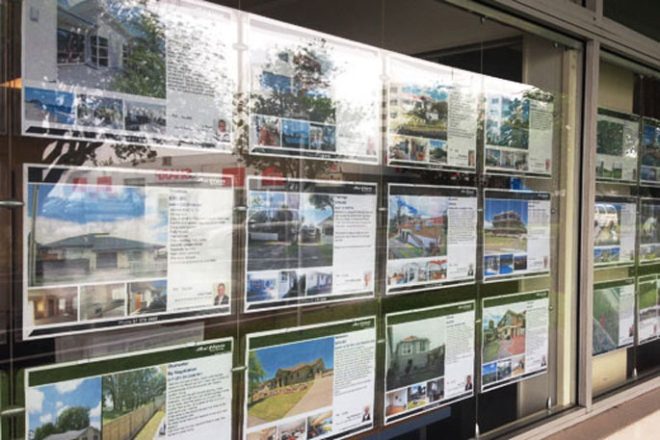Tăng trưởng giá trị nhà ở New Zealand đã tạm dừng trong tháng Tư, với mức giảm nhẹ 0,1% cho thấy sự không chắc chắn trong thị trường bất động sản. Theo Chỉ số giá nhà của CoreLogic, giá trị bất động sản trung bình ở New Zealand hiện là 933.633 USD, tăng 3% so với mức thấp nhất tháng 9, nhưng vẫn thấp hơn 11% so với đỉnh.
Ở các thành phố chính, giá trị tài sản khác nhau. Dunedin tăng 0,7% trong tháng 4, trong khi Wellington và Hamilton tăng 0,4%. Tuy nhiên, giá trị bất động sản ở Christchurch và Tauranga vẫn không đổi, và Auckland giảm 0,6%.
Nhà kinh tế trưởng bất động sản của CoreLogic NZ, Kelvin Davidson, cho rằng xu hướng giá nhà chậm chạp trong tháng Tư cho thấy một “thị trường của người mua”, nơi người bán có ít quyền thương lượng hơn. Ông giải thích rằng trong khi người mua cần phải sắp xếp tài chính của họ, điều này là thách thức với lãi suất thế chấp khoảng 7%, nhưng không có nhiều ‘người bán bắt bạt’ do tỷ lệ thất nghiệp tương đối thấp.
Tại Auckland, hoạt động thị trường bất động sản thay đổi trong tháng Tư, với Rodney là khu vực duy nhất có sự gia tăng nhẹ. Thành phố Auckland có một sự sụt giảm nhỏ, trong khi Waitakere, Manukau và Franklin giảm 0,6-0,9%.
Mặt khác, thị trường nhà ở Wellington tăng nhẹ, với Porirua và Upper Hutt tăng lần lượt 1,5% và 1,4%. Tuy nhiên, Davidson cảnh báo rằng việc cắt giảm đáng kể việc làm trong khu vực công có thể ảnh hưởng đến niềm tin thị trường nhà ở ở Wellington.
Bên ngoài các thành phố chính, thị trường nhà ở đã chứng kiến mức tăng khiêm tốn trong tháng Tư, ngoại trừ Napier và New Plymouth, nơi có sự sụt giảm nhẹ. Rotorua nổi bật với mức tăng 1,3% về giá trị trung bình.
Nhìn về phía trước, Davidson dự kiến thị trường bất động sản sẽ có một sự tăng trưởng khiêm tốn trong năm nay và có thể vào năm 2025. Ông dự đoán rằng khối lượng bán hàng có thể tăng khoảng 10% trong năm nay và tăng trưởng giá nhà có thể vào khoảng 5% vào năm 2024. Tuy nhiên, ông lưu ý rằng lạm phát và kế hoạch của Ngân hàng Dự trữ về lãi suất tiền mặt chính thức sẽ ảnh hưởng đáng kể đến hoạt động thị trường nhà ở trong những tháng tới.


















































-360x245.jpg)










